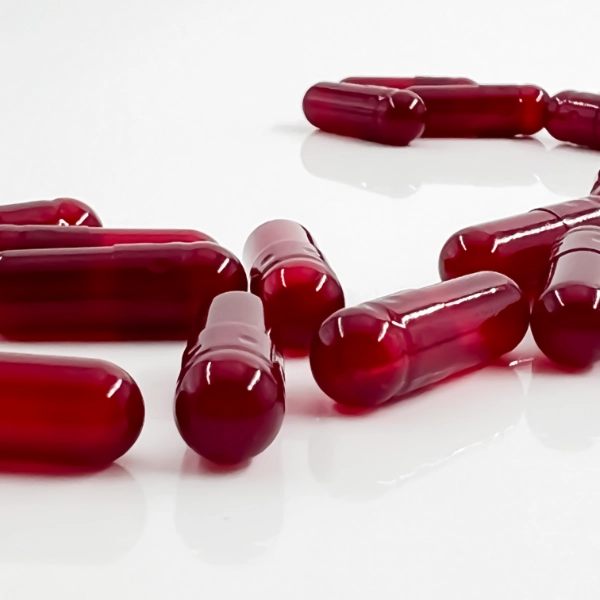Gelatin capsules are a popular choice in the pharmaceutical and dietary supplement industries due to their versatility and ease of use. They can be filled with a variety of substances, from vitamins and minerals to herbal extracts and medications. In this blog post, Wecaps will share with you how to identify whether fillable pill gelatin capsules contain harmful substances.
Signs of Harmful Substances
1. Unusual Odor or Taste: Genuine gelatin capsules should have a neutral or slightly sweet taste. If the capsules have a foul smell or an unpleasant taste, it could indicate the presence of contaminants or poor manufacturing practices.
2. Discoloration: Capsules should be uniform in color. Any discoloration, such as yellowing or browning, might suggest exposure to heat or moisture, which can degrade the capsule's quality.
3. Soft or Brittle Shells: The consistency of the gelatin shell can also be a giveaway. If the shell is too soft or sticky, it may have absorbed moisture. If it's brittle and crumbles easily, it may have been exposed to air or heat.
4. Unusual Inclusions: Check for any foreign particles or inclusions within the capsule or on its surface. These could be signs of contamination.

Testing Methods
1. Visual Inspection: Start with a simple visual inspection. Look for any signs of damage, discoloration, or inconsistencies in the capsule's appearance.
2. Water Dissolution Test: Fill a glass with water and drop a capsule into it. Genuine gelatin capsules should dissolve within a few minutes. If it takes significantly longer or doesn't dissolve at all, it may contain harmful substances or fillers.
3. Heat Test: Place a capsule in a warm environment, such as near a heating vent or in a car on a sunny day. Genuine gelatin will soften and become more pliable, whereas capsules with harmful fillers may not change or could even melt.
4. Microscopic Examination: For a more detailed analysis, use a microscope to examine the capsule's contents. Look for any unusual particles or substances that shouldn't be there.
5. Professional Testing: If you have access to a laboratory, consider sending a sample for professional testing. This can include spectroscopy, chromatography, and other analytical methods to identify specific substances.
Regulatory Compliance
1. FDA Regulations: In the United States, the Food and Drug Administration (FDA) regulates the production of dietary supplements and pharmaceuticals. Ensure that the manufacturer complies with FDA guidelines.
2. International Standards: If the capsules are manufactured outside the U.S., check for compliance with international standards such as those set by the European Medicines Agency (EMA) or the World Health Organization (WHO).
3.Labeling: Review the labeling on the capsule packaging. It should include a list of all ingredients, including any fillers or additives, and should not make any unverified health claims.
www.wecaps.com
Wecaps





